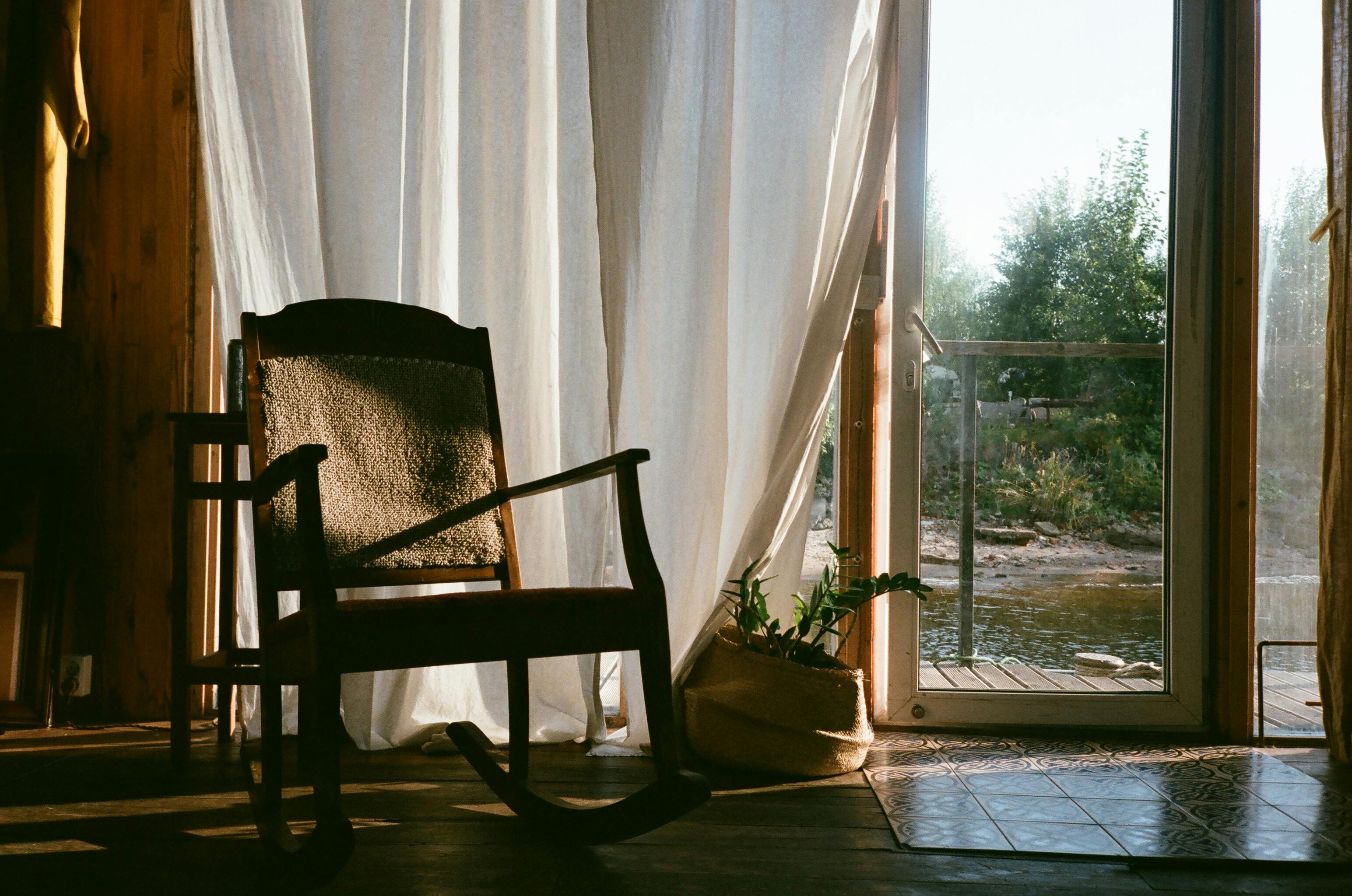The System Wasn’t Made for Me, So I Built One That Could Breathe
How grief, burnout, and refusal shaped the origins of Lazy Systems™, a structure with lungs for high-functioning humans.


Why I Built Lazy Systems
Not to brand myself. To survive myself.
I didn't build Lazy Systems to launch a product. Or be clever. Or palatable.
I built it because I came back to a country I didn't recognize and I could not disappear into it again.
I had been gone. Costa Rica. Out of reach from the grind long enough to feel my own pulse again. To remember what breath felt like when it wasn't scheduled.
Then I came back. Back to urgency. Back to performance. Back to the machine.
And I knew: If I performed again, I would disappear for good.
I've always been a systems thinker. Not the linear kind. The kind that feels the ripple under the surface. That hears the lie in a spreadsheet before anyone else does.
I think in patterns. In tension.
And I am a highly sensitive person. Which, for years, I treated like a liability. A softness to be managed. Until I realized it was the only part of me that still knew the truth.
So yes, I was high-functioning. I knew how to lead. Map the problem, run the sprint, optimize the workflow. I had the certifications: Lean, Six Sigma, Agile, Theory of Constraints. I didn't just know how systems worked. I built them.
And I was quietly disappearing the whole time.
Because none of those systems taught me what to do with grief. With rage. With the moment when your body knows before your mind catches up: I can't keep doing this.
Then my brother died.
Fifty. Sudden. Gone. And because we had been estranged, I lost him twice, once in life, once in death. The grief wasn't clean. It was layered, angry, unresolved.
And it didn't just bring him. It brought every loss I hadn't had time to feel. Every version of myself I'd left behind to keep performing. Every wound I'd been trained to override.
I had been trained to lead through crisis. But no one taught me what to do when the system itself was the crisis.
There's no process map for mourning someone who never got to meet your whole self.
I didn't just grieve him. I grieved the part of me that used to make it all work.
The version that could go to a strategy offsite two weeks after a funeral. The version who thought boundaries were for later. The version praised for resilience who never felt safe enough to rest.
And beneath all of that, rage.
Rage that I was back in a country where cruelty was power. Where grief was inconvenient. Where my body, my pace, my refusal felt like treason.
I came back to a collapsing culture. To materialism on autopilot. To leadership that celebrated burnout as a badge of honor.
And I knew: I cannot build my life here unless I build something else inside it.
That's what Lazy Systems is.
Not a brand. Not a framework.
A set of principles that let me stay human.
They didn't arrive as strategy. They arrived as root systems. Something to ground me. To remind me that rest isn't just okay, sometimes it's the only way to tell the truth.
These principles are what held me when everything else rewarded my performance. They are what I needed as a sensitive, system-literate person navigating grief, collapse, and the ache of being wide awake in a culture that numbs.
And yes, they're informed by everything I've studied. Design thinking. Physics. Psychology. Somatics. Ecology. The science of systems and the soul of them.
Lazy Systems lives there. Between what I've lived and what I've learned. Grief and structure. Refusal as something other than failure.
I didn't build this to teach you. I built it so I wouldn't forget. Then I offered it, in case you were trying to survive, too.
That's why I built Lazy Systems.
To have a place to land. To name what the world won't. To build a structure with lungs.
So we don't have to disappear again.




